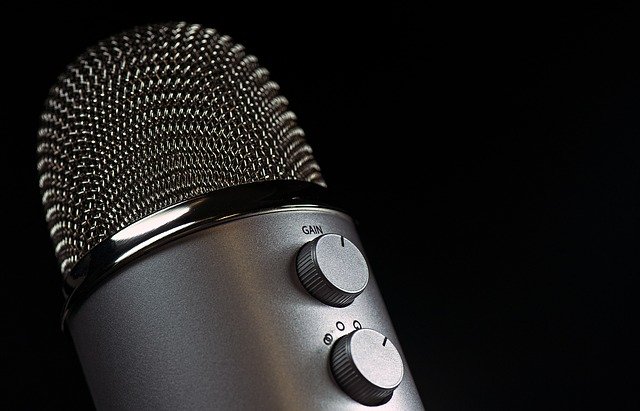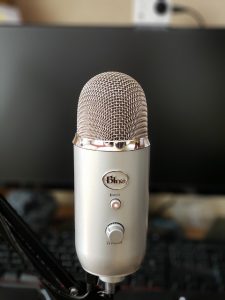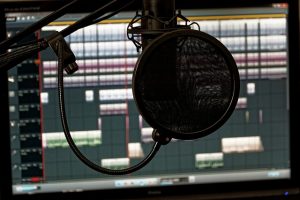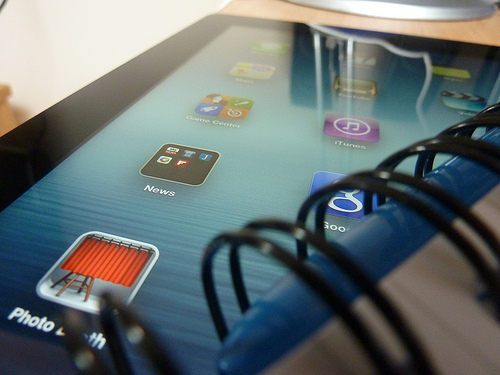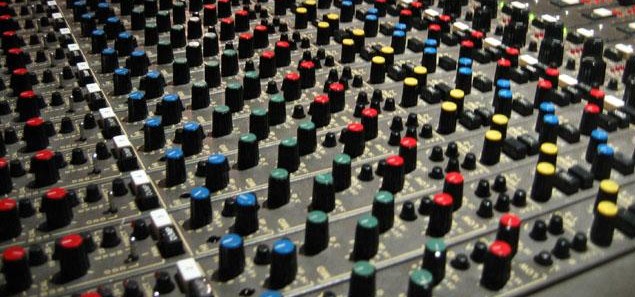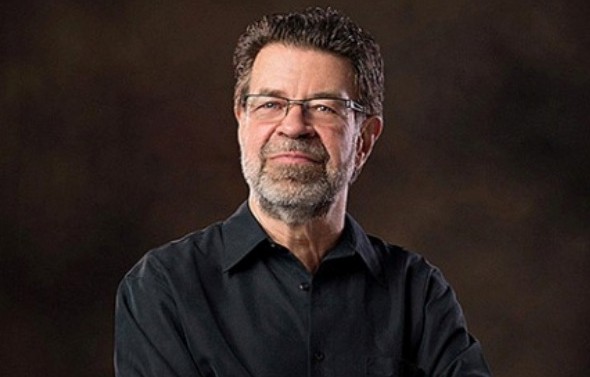Pros and Cons to Using a USB Microphone for Voiceover Work
Guest post by VA Nutshell
As several parts of the world enter their second wave of COVID-19 lockdowns, more and more businesses are turning to remote work in order to stay in operation. This includes most voiceover and voice acting work— which is good news for you if you’re interested in this career.
There’s been a lot of gatekeeping in the voice acting industry for quite some time, but one of the biggest barriers is going extinct in front of us. You no longer have to live in LA or New York to get a gig; if you have the right equipment, you can start landing jobs from the comfort of your own home!
So how can you take advantage of this opportunity? You’re going to need talent, availability, and the right equipment— starting with a microphone.
USB Microphones for Voiceover
There are many different types of microphones, but the most important distinction is between USB or XLR input.
USB mics are a popular choice for a lot of beginners who want to start live streaming, podcasting, or creating YouTube videos. But is it a good choice for something like voice acting?
Here are some common benefits of a USB microphone for voiceover work:
They’re easy to use
If you don’t know much about computers but you want to make money with your voice, getting a USB mic takes less knowledge and research. Unless you’ve had some experience in live performing arts — like music or theater — you’ll need to learn how to properly set up an XLR mic. Additionally, you need to learn how to configure an audio interface and a Digital Audio Workstation (DAW).
On the other hand, USB mics are typical “plug and play.” All it takes is the mic and your computer to start working on your demo reel!
They’re affordable
If you shop online for a microphone, USB mics are the least expensive by far. Additionally, these microphones come with built-in conversion, so you won’t need to purchase an audio interface in order to use it. This means you won’t need to invest as much money to get started as a voice actor. Alternatively, this would allow you to invest in other important features, such as soundproofing or coaching.
They’re popular
As I mentioned earlier, USB microphones are a popular choice among many online content creators. If you’re motivated to start your voiceover career because of YouTube or Twitch, you’ve probably seen a lot of people using high-end USB mics like the Blue Yeti.
From there, the logic is simple: someone successful is using a USB microphone, you want to be successful, so you should get a USB mic in order to become successful. Right?
XLR Microphones for Voiceover
To understand the drawbacks of using a USB mic in your home recording space, let’s quickly compare the benefits of using an XLR microphone instead.
They deliver high-quality sound
When used properly, the recordings you get from an XLR microphone are extremely high quality. Condenser mics in particular are extremely sensitive, which means you can capture all the subtleties that make your voice so distinctive and appealing.
They’re easy to tweak
With a modular home studio that incorporates an XLR mic input, you’re in it for the long haul. This kind of setup can be tweaked in different ways to deliver professional-level audio for narration, voiceover, ADR, singing, and acting. And when you start getting steady work, you can easily upgrade your equipment as you go.
They hold their value
What if you change your mind about your microphone? Whether you want to sell it or exchange it for a different model, it’s much easier to do this with an XLR mic than with something that connects via USB. There’s a lot more demand for second-hand mics and interfaces, so you can get a great deal either way.
Which microphone should you use?
So now that you know the benefits and drawbacks of these different microphones, which one is the best choice for you?
If you’re interested in doing voiceover work but you don’t have a lot of money to spend, it’s tempting to go the easy route with a USB mic. But truthfully speaking, this would be a mistake.
Even if you opt for a high-end USB mic like the Blue Yeti, you’re going to hit a hard wall when you start advancing in your career. When a high-value client or big gig opportunity comes around, will you be able to provide audio on par with the competition?
Despite many restrictions to entry becoming obsolete, it’s still far from easy to become a professional voice actor. But there’s a way you can make this a little easier.
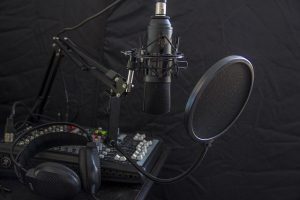 For roughly the same cost as a high-end USB mic, you can get a low-end audio interface and condenser mic through a reseller. Then, you can quickly replace one or the other as you start to bring in some revenue and instantly boost your output.
For roughly the same cost as a high-end USB mic, you can get a low-end audio interface and condenser mic through a reseller. Then, you can quickly replace one or the other as you start to bring in some revenue and instantly boost your output.
The ability to adapt to an ever-changing industry is going to be one of your greatest strengths as a newcomer. Because of this, getting an XLR microphone instead of a quick and easy USB mic will pay dividends in the long run.
Thanks for reading and good luck with your future endeavors!
VA Nutshell is a website for people who want to learn to become professional voice actors. Check out our website for product reviews, interviews with voice actors, and educational blog posts like these.

